Introduction
Coconut milk, a staple in numerous cuisines worldwide, is renowned for its creamy texture, rich flavor, and versatility in cooking. Derived from the grated flesh of mature coconuts, this dairy-free alternative is a favorite among vegans, vegetarians, and those with lactose intolerance. However, coconut milk enthusiasts may occasionally encounter a perplexing scenario: finding their coconut milk solidified, even though it hasn’t reached its expiration date. This phenomenon can evoke a mix of curiosity and concern, prompting questions about safety, quality, and potential causes. In this comprehensive exploration, we delve into the reasons behind coconut milk solidification, its implications, and practical advice on how to handle it.
Understanding Coconut Milk Composition
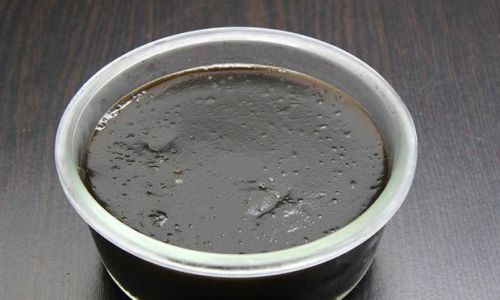
Before diving into the reasons for solidification, it’s crucial to understand the basic composition of coconut milk. Coconut milk primarily consists of water, fats (predominantly saturated fats like lauric acid), proteins, carbohydrates, and minor nutrients like vitamins and minerals. The fats in coconut milk are unique, as they exist in a combination of emulsified droplets suspended in water. This emulsion is stabilized by natural emulsifiers present in coconut flesh, such as phospholipids and proteins.
The stability of this emulsion is influenced by various factors, including temperature, storage conditions, and processing methods. When these factors are altered, the fats in coconut milk can separate, leading to solidification or the formation of a thick layer on top (often referred to as “coconut cream”) and a thinner, watery layer below.
Factors Leading to Solidification
-
Temperature Changes
Temperature fluctuations are one of the most common causes of coconut milk solidification. Coconut milk is sensitive to temperature changes, particularly when exposed to freezing temperatures. When coconut milk is frozen, the water component expands and forms ice crystals, disrupting the emulsion. Upon thawing, the fats may not redisperse evenly, resulting in a solid or lumpy consistency.
Even refrigeration, though generally safe for coconut milk storage, can promote solidification over time, especially if the milk is left in the fridge for extended periods. Refrigeration slows down the molecular motion, making the fats more prone to aggregation.
-
Storage Conditions
The way coconut milk is stored can also contribute to solidification. Exposure to direct sunlight, extreme heat, or variable temperatures can destabilize the emulsion. Additionally, improper sealing or storage in containers that allow air entry can lead to oxidation, further disrupting the fat structure.
-
Coconut Milk Type and Processing
The type of coconut milk (homemade versus commercially processed) and the processing method can affect its stability. Homemade coconut milk, made by blending grated coconut flesh with water and then straining, may lack the stabilizers and emulsifiers added to commercial products. These stabilizers help maintain the emulsion, reducing the likelihood of solidification.
Commercially processed coconut milk often undergoes homogenization, a process that breaks down fat globules into smaller particles and distributes them uniformly throughout the liquid. This enhances stability and extends shelf life. However, even homogenized coconut milk can solidify if subjected to adverse conditions.
-
Age and Shelf Life
While solidification isn’t necessarily indicative of expiration, the age of coconut milk can play a role. Freshly extracted coconut milk is more stable than older milk, as the natural emulsifiers gradually degrade over time. This degradation weakens the emulsion, making the fats more susceptible to separation and solidification.
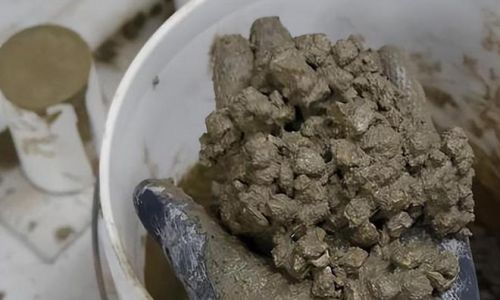
Is Solidified Coconut Milk Safe to Consume?
The primary concern when encountering solidified coconut milk is whether it’s still safe to consume. Generally, solidification due to temperature changes or storage conditions does not compromise the safety of coconut milk. As long as the coconut milk has been stored properly (i.e., in a clean, sealed container away from direct sunlight and extreme temperatures) and has not exceeded its expiration date, it should be safe to use.
However, solidification can affect the texture and mouthfeel of coconut milk, making it less suitable for certain recipes that require a smooth, creamy consistency. For instance, solidified coconut milk may not blend seamlessly into smoothies or soups, resulting in a grainy texture.
How to Handle Solidified Coconut Milk
If you find your coconut milk has solidified, here are some practical steps to restore its texture:
-
Gentle Heating
One of the most effective ways to revive solidified coconut milk is through gentle heating. Place the coconut milk in a saucepan over low heat, stirring constantly to prevent scorching. As the coconut milk warms, the fats will gradually redisperse into the liquid, restoring its creamy consistency. Be cautious not to overheat, as this can cause the coconut milk to separate further or develop an unpleasant taste.
Alternatively, you can use a microwave to gently warm the coconut milk. Place it in a microwave-safe bowl and heat in short intervals (15-20 seconds each), stirring after each interval until the desired consistency is achieved.
-
Blending
For smaller quantities of solidified coconut milk, blending can be an effective solution. Transfer the coconut milk to a blender and blend on high speed until smooth. This method works well for breaking up small clumps and redispersing the fats evenly.
-
Shaking
If the solidification is mild and the coconut milk is still in its original container, you can try shaking it vigorously. This can help redistribute the fats and restore a smoother texture, although it may not be as effective as heating or blending.
-
Stirring

For mild solidification, simply stirring the coconut milk with a whisk or spoon can sometimes be enough to break up the clumps and restore a more uniform consistency.
Preventing Solidification in the Future
To avoid the inconvenience of solidified coconut milk, consider the following prevention strategies:
-
Store in a Cool, Dark Place: Keep coconut milk in a cool, dark pantry or cupboard. Avoid storing it in the fridge unless you plan to use it immediately after opening, as refrigeration can accelerate solidification over time.
-
Use Airtight Containers: Ensure coconut milk is stored in airtight containers to prevent oxidation and maintain freshness.
-
Avoid Temperature Extremes: Protect coconut milk from direct sunlight, heat sources, and freezing temperatures. If you live in a hot climate, consider storing coconut milk in a refrigerator, but use it as soon as possible after opening.
-
Buy in Appropriate Quantities: Purchase coconut milk in quantities that you can consume within a few weeks to ensure freshness and stability.
Conclusion
Coconut milk solidification, while unexpected, is a relatively common phenomenon that doesn’t necessarily indicate spoilage. By understanding the factors that contribute to solidification and adopting proper storage and handling practices, you can minimize the likelihood of encountering this issue. If solidification does occur, gentle heating, blending, shaking, or stirring can often restore the creamy texture of coconut milk, making it suitable for use in various recipes.
Moreover, exploring the reasons behind coconut milk solidification offers a fascinating glimpse into the complex interplay of fats, emulsifiers, and temperature in food science. This understanding not only enhances our appreciation for this versatile ingredient but also equips us with the knowledge to handle it effectively, ensuring that it continues to enrich our culinary experiences.
In summary, while solidified coconut milk may initially seem like a culinary setback, with the right knowledge and techniques, it can be easily revitalized, preserving its nutritional value and culinary versatility. So the next time you encounter solidified coconut milk, remember: it’s not the end of the world—just a small hurdle in the kitchen that can be easily overcome with a bit of warmth and stirring. Happy cooking!
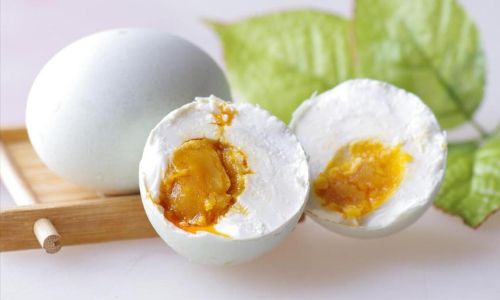
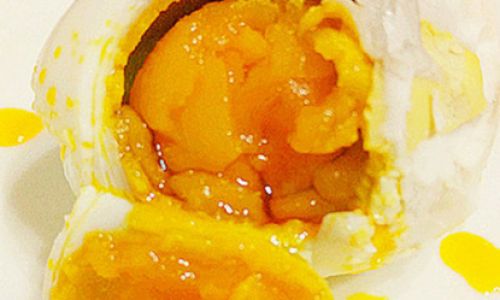

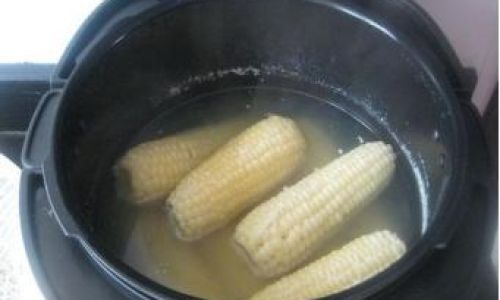

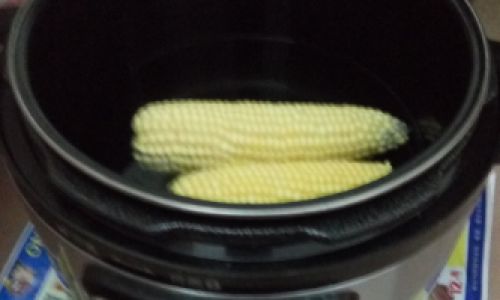
0 comments